MONROE, CT — Stressing the need to not rush the process, Board of Education Chairman David Ferris revised the Ad Hoc Facilities Committee’s timeline to come up with a plan to expand classroom space for Monroe public schools’ rapidly growing student population, because it is so close to the looming June 30 deadline to apply for financial reimbursement from the state.
But Vice Chair Christine Cascella suggested moving forward with a capital project to reopen Chalk Hill as a school, since everyone agrees that should be part of any plan.
At Thursday’s committee meeting, Jerry Stevens, a school board member also serving on the committee, expressed concerns about delaying a capital project when there could be less financial reimbursement available next year.
We have art classes on stage now,” he said. “I really am worried. I think we have to give this a shot.”
“I agree,” Cascella said. “The next meeting, I think we need to push something to the Board of Education, because we kept meeting, meeting and meeting.”
“We’ve put a lot of time in right now and our enrollment hasn’t gone down,” Stevens said, “so I don’t know how prudent it is to sit and wait.”
Ferris said the town has to authorize the funding by June 30, but the referendum could take place as late as November. Once the Board of Education approves a committee recommendation, Cascella said the town’s other boards could schedule the meetings needed for approval.
But others argued against moving forward with that phase now.
Town Council Chairman Jonathan Formichella, who also serves on the committee, noted how they just started work on their community survey, he has 30 emails from people asking questions about the project, and they have yet to adopt an overall plan.
“What is the plan? This is about making an educated decision for the district,” Formichella said.
According to estimates from Michelle H. Miller, a project manager and architect with Silver Petrucelli & Associates, the consultant hired by the district, reopening Chalk Hill would cost around $110 million and, after reimbursement, the town would end up paying close to $68 million of it.
Formichella said town officials do not yet know what the impact on bonding and taxes would be.
Michael Ganino, a committee member, said another unknown is the annual impact opening another building would have on the Board of Education’s operating budget. He noted that this is already a difficult budget year without that.
Asked about the rising costs of construction from year-to-year, Miller said there is typically a six percent increase, adding she is concerned over tariffs, so she put in 10 percent.
Ferris said he does not believe the town bodies will have enough time for the due diligence needed to bring a Chalk Hill project forward this spring.
Stevens said they started talking about this in 2022 and it’s now 2025 and Chalk Hill is basically sitting vacant.
“With reimbursement where it is now, I think we should we push it through,” Cascella said.
A community survey
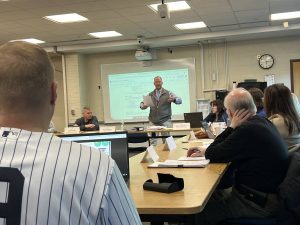
Superintendent Joseph Kobza and Assistant Superintendent Sheila Casinelli put together a draft version of a community survey, which they asked committee members to review at Thursday’s meeting.
The survey will go out to staff, parents and the entire community, according to Kobza.
“We want the most up-to-date and accurate information,” he said of the timing. “If we did this early … it meandered quite a bit, but in a good way.”
Sue Dixon, who is the teacher’s union president, said she reached out to staff members, who will have input in the school space assessment with the survey and by reaching out to their principals.
During the meeting, Kobza went over some questions residents have asked in letters and emails.
He said the committee is still in its “fact finding phase” and that no decisions were being made without the public’s knowledge.
Kobza noted how some said the alternative high school could be housed at Masuk once STEM Academy leaves its space, but explained that the alternative school is already at Masuk.
There was also a question of how emergency evacuations would work with three schools — Fawn Hollow Elementary, Jockey Hollow Middle and Chalk Hill — on the same campus.
“Having three schools there is not new to us,” Kobza said, adding they would bring back the hazard plans that used to be in place.
The planning is in the conceptual stage, so no one has tested the wetlands yet, but the committee knows where not to go when developing a property.
Kobza said the former St. Jude School is not considered to be an option for classrooms.
Miller said her firm will factor portables in if they need to. “Portables are expensive. They need utilities,” she said. “It’s not a quick, cheap fix.”
Kobza said public feedback is important to the committee and they know these school space scenarios can be anxiety inducing for families.
“There’s no driving force for closing Monroe Elementary School,” he said, while explaining it was just one of the ideas previously considered.
“Why Monroe Elementary School? It is the smallest school and in the most significant need of repairs,” Kobza said. “That’s why it came up instead of Fawn Hollow and Stepney.”
Director of Student Support Services Jennifer Parsell said students who would attend a new Therapeutic Day program are currently unable to stay within the district to receive the services they need.
If the program can start in Monroe, she said more students will be able to receive the same level of services here in a specialized, smaller setting, where they could learn strategies to be able to integrate.
“No matter where it is, I don’t think it would ever be empty, because parents don’t believe it’s a desirable place to learn,” Parsell said.
If a Therapeutic Day program were open to students from surrounding towns, Kobza said some have asked if out-of-district students would be prioritized over Monroe’s students. “Absolutely 1,000 percent not,” he said.
The superintendent said anyone with questions or concerns about the school space study should feel free to call him. He also stayed after the meeting, so parents could talk to him.
Here is a link to the scenarios Miller presented on Monday.
All respectful comments with the commenter’s first and last name are welcome.

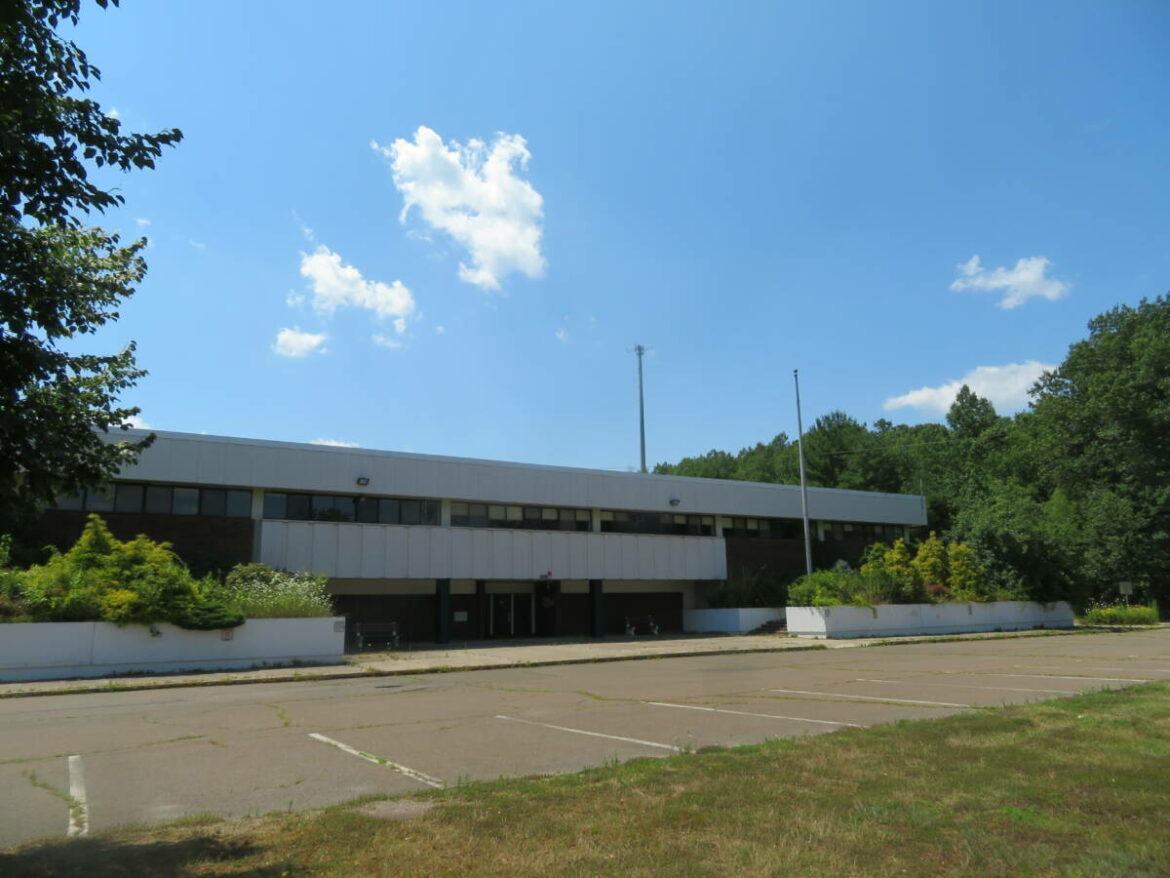

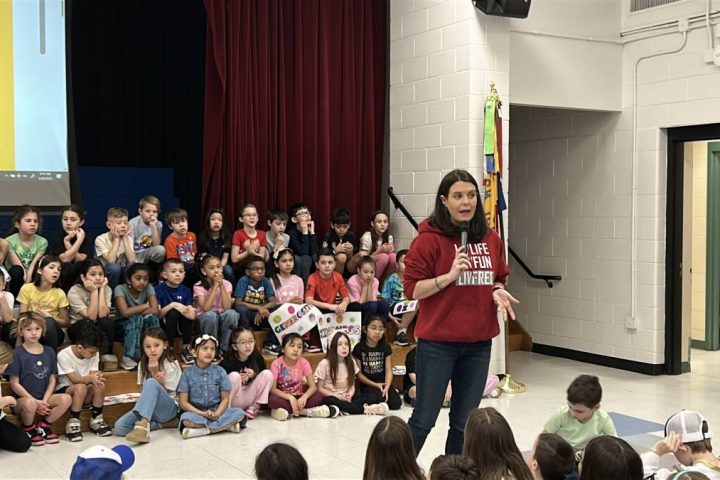
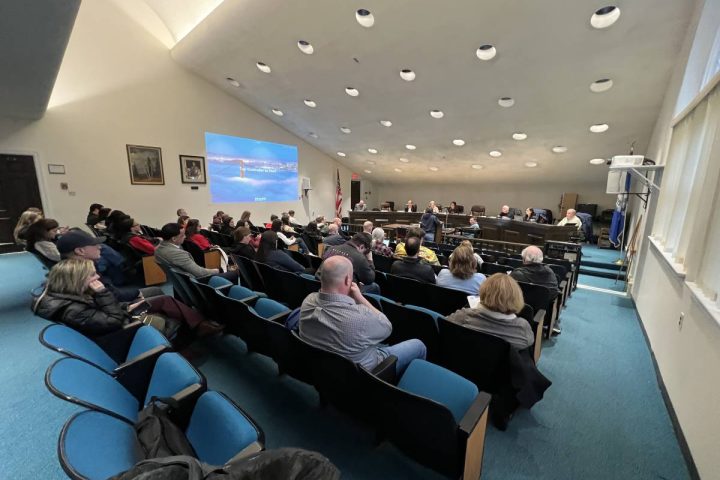




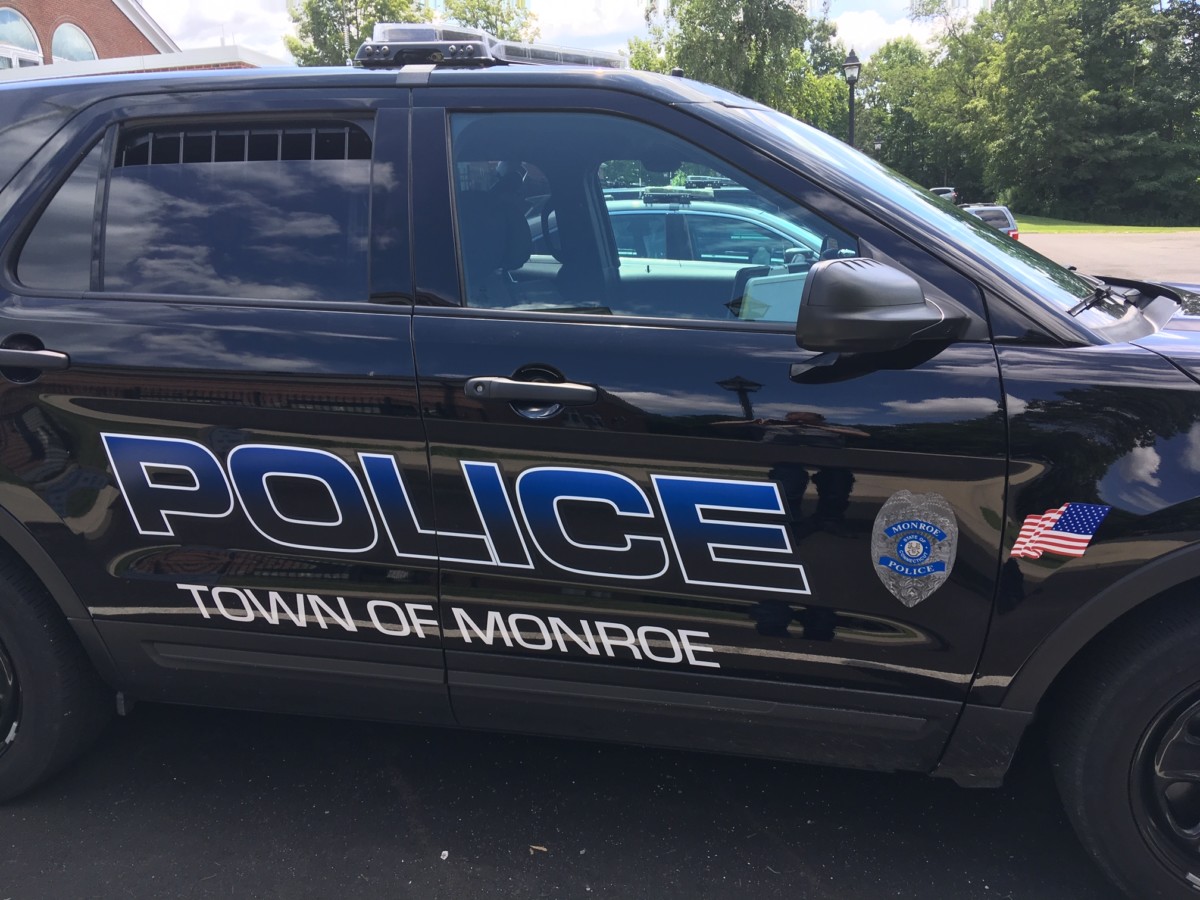
As per the article, this process started in 2022. It is now 2025. The reimbursement from the state is lower each year, and the cost of building supplies and labor goes up. We are out of space with current enrollment. In Fawn Hollow alone, we need flex teachers to cover multiple grades due to the number of kids currently in 3rd and 1st grade. Classes are crammed into the stage where kids play instruments while peers have lunch on the other side. We cannot keep kicking the can down the road. Our town leaders need to decide on a plan for the state budget for this fiscal year. We don’t need more surveys, we need action. Let the residents decide in a November referendum. Inaction is a choice that our schools, teachers, and students cannot afford.